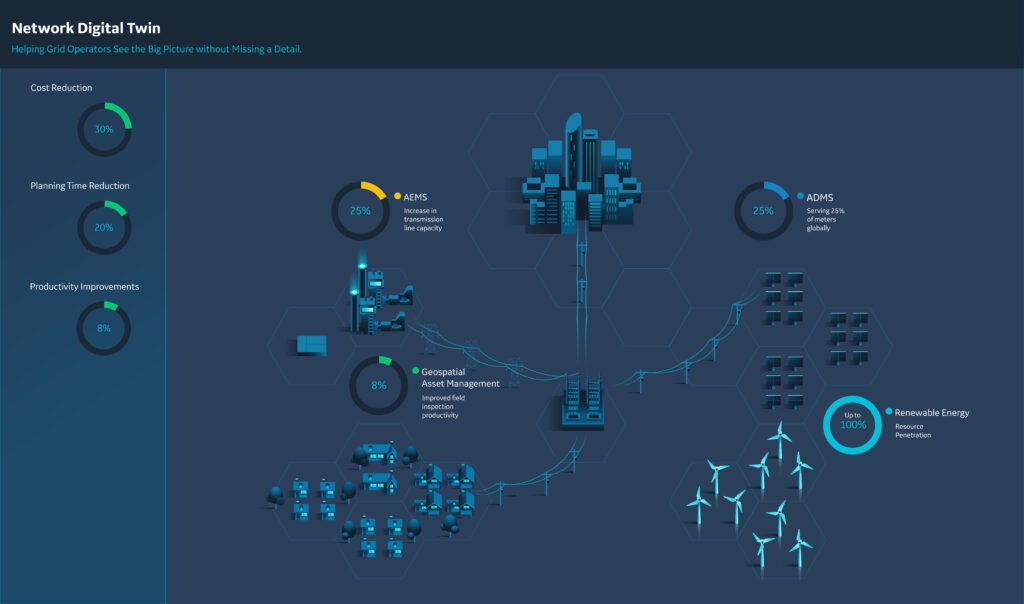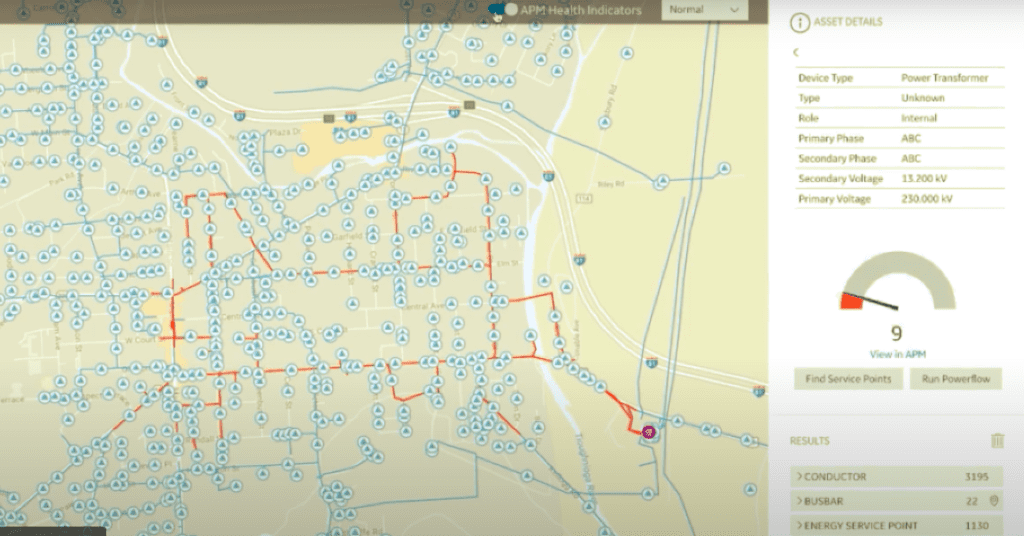DER Orchestration Helps Utilities with Challenges of Grid, Decarbonization
Renewable energy and distributed energy resources (DERs), including solar and wind, electric vehicles (EVs), battery storage, heat pumps, and new types of controllable load devices, may well prove to be the single most-disruptive influence in the history of the electric grid.
Renewables have quickly become the world’s second-largest source of electricity generation, and DERs challenge both transmission and distribution grid operations. Renewables and DERs can involve multiple organizations and actors within the electricity ecosystem and must be orchestrated to ensure grid resiliency and reliability.
The growth in renewables and DERs in recent years has been fueled by regulatory drivers to address climate change through decarbonization. This growth is also propelled by cost reductions in renewable and DER technologies, and the emergence of third-party aggregators with new business models. Aggregators package DERs into a wide variety of innovative service offerings for prosumers, the term for individuals who both consume and produce energy.
However, aggregators aren’t responsible for the operations of the electric grid. Their business models are around EV car-sharing, zero-emissions buildings, and energy bill reduction. The rise of individual and business prosumers leveraging these services is challenging the traditional electrical grid operating model.
End-to-End Orchestration Needed
Electric utilities have to adapt to the impacts of renewables and DERs, including prosumers, and have run pilot projects to better understand how to manage them for grid reliability and resiliency. When examining today’s situation, we can see that a grid operator’s entire business process is impacted by renewables and DERs. Therefore, DER orchestration needs to reach out to every corner of a utility’s organization in a consistent manner.
Transmission operators perform balancing with grid supply and demand daily. Meanwhile, distribution operators need to ensure quality and continuity of service to their consumers. Regulators expect all of this to be done efficiently and in a secure manner. However, in some geographies, there is more energy being fed directly at the distribution grid than there is at the transmission grid.
Register now to attend POWER’s webinar, “Decarbonization Impact for Power Generation Industry: A Success Case with GE Digital,” on October 13.
Utilities require an end-to-end solution to coordinate how they model, monitor, forecast, and ultimately control and dispatch DERs, across internal and external, systems and stakeholders.
A slew of technologies—Geographic Information Systems (GIS), planning systems, Advanced Transmission Management Systems (AEMS), Advanced Market Management Systems (AMMS), Advanced Distribution Management Systems (ADMS), and grid analytics—are all part of the solution. DER orchestration allows grid operators to step back and look at the entire chain from a holistic perspective.
DER model orchestration ensures the DER digital models feeding into the AEMS, AMMS, and ADMS are accurate and powerful, and kept in full synch with all changes occurring on the prosumer side. A network digital twin, which provides a model view of the entire electrical grid, can ensure accurate electrical and DER connectivity. The digital twin (Figure 1) can provide a consistent and shared network model representing the as-built and as-operated status of the grid.

Changes to DER capacity or technical characteristics, contracts, operational constraints, and more are captured by registration, commissioning, and provisioning. This data is fed into the GIS, AMMS, AEMS, and ADMS. This harmonized modeling enables operational coordination. Planning or connection acceptance studies can be performed with an accurate representation of the operational levers available in the AMMS, AEMS, or ADMS to alleviate DER impacts, possibly without the need for additional grid reinforcement.
Asking the Right Questions
Both transmission and distribution grid operators need to understand the impact of all types of DERs—large or small—on grid operations. At each level, operators can monitor the orchestration in the utility’s ADMS to make sure information flows directly into the AEMS so that real-time situational awareness is shared consistently between both levels. The shared source orchestration lets the operators answer questions to determine current renewable generation up to the minute, as well as available storage capacity.
Since DERs are intermittent and can be hard to predict, grid operators need to anticipate variation issues to try and solve them. With full DER management in both real-time and look-ahead modes, operators gain the ability to try to solve issues proactively. They can then consider both the technical and contractual capabilities as well as the limitations, so that they can then act in a consistent manner. When monitoring and managing numerous DERs that have an intermittent impact, traditional levers (switches, taps, caps) would not be enough.
Plugging into a shared aggregated, and disaggregated, view of DERs from any point in the orchestrated system (Figure 2) can allow operators to run use cases at making sure both transmission and distribution are covered. To this end, more and more countries are forecasting load and distributed generation in a coordinated way. Transmission system operators, or TSOs, and distribution systems operators (DSOs) are working together to share, compare, and align their forecasts, breaking down the old boundaries, and using DER orchestration forecasting to ensure they have the same view of the coming hours.

DER-orchestrated forecasts account for both the actual consumption and the net load. With this, look-ahead analysis can be consistent between transmission and distribution, and the potential call for third-party DER flexibility can be made with clear anticipation of need.
Enter the ‘Prosumer’
The prosumer, the aggregators representing them, and the transmission and distribution grid operators all have different objectives. Each will have different actions they would take regarding the same DERs at any given point in time.
Transmission operators may want to lower load peaks during the day. Distribution utilities may want to consume excess solar generation by increasing load to avoid back feeds and voltage issues during peak intervals. DER orchestration ensures the DER digital models feeding into the ADMS and AEMS are accurate and powerful, and kept in full synch with all the changes occurring on the prosumer side.
Solving the controlling and scheduling problems DERs present requires action on the DERs themselves. DER orchestration offers the opportunity to extends DER flexibility over time and geographical location.
Ultimately, no matter the system or business process, utilities face challenges linked to modeling and orchestrating these new devices. Everyone must have visibility on the same DER resources, consistent with the other systems in the enterprise. Managing DERs, at whichever stage in their lifecycle, must be done in synch with all the other systems, adding value for transmission, distribution, and prosumer coordination.
—Dr. Avnaesh Jayantilal is the Advanced Distribution Management Solutions (ADMS) Product Director at GE Digital Grid Software Solutions, assisting electric utilities in enhancing grid reliability, resiliency, and operational change management.